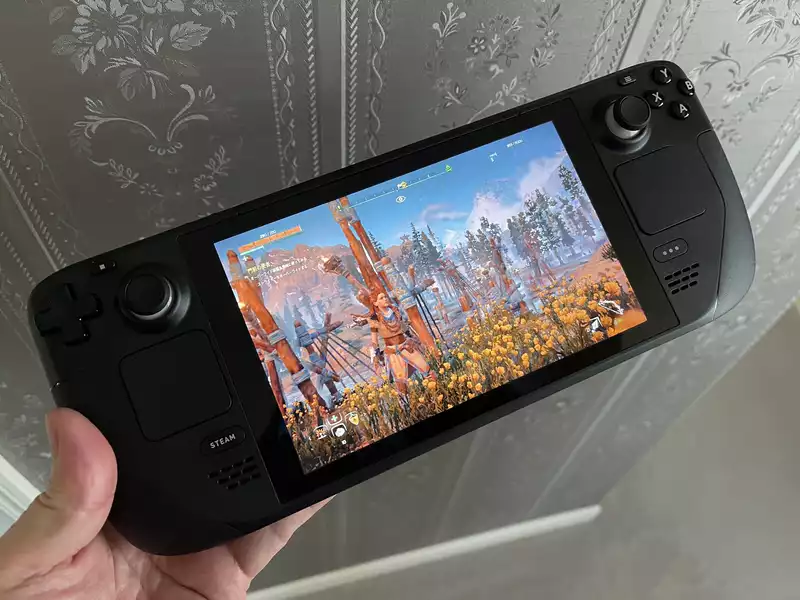Valve's Steam Deck unit won't reach early adopters' mailboxes until February, but Valve still held a virtual developer summit on Friday to reveal more details about the handheld powerhouse.Valve also reaffirmed its February schedule and said that inventory is 2022 We believe it will be good through ...
Below is a summary of the main announcements, but if you really want to know what was discussed, you can watch the video of the conference on Steam's website. There are eight videos, ranging from how developers optimize games for portable consoles to a deep dive into AMD's built-in chips.
The big announcement was more information about AMD's newly named Aerith SoC: a 4-core, 8-thread APU (accelerated processing unit) with a power envelope of 4 to 15 watts. 2.4 to 3.5 GHz AMD Zen 2 CPU and and eight AMD RDNA 2 graphics compute units ranging from 1 to 1.6 GHz. This puts the machine at a total of 1.6 teraflops of graphics performance, placing it between the Xbox One and PS4.
Despite its ample handheld power, it is important to note that Valve is prioritizing consistency over performance; Valve's Yazan Aldehayyat said, "The performance a game delivers in the first 10 seconds is still there two hours later or likely to be the same performance forever if it is left plugged in," he explains.
Furthermore, the chip has no power limitations, so the battery should provide the same in-game performance as when plugged in. For this reason, developers may wish to install a frame rate limiter. This is because dropping to 30 frames per second would mean a significant increase in battery stamina.
Speaking of what developers can do to help early adopters of the Steam deck get the most out of their new devices, Valve mentioned that creators can upload versions of their titles with low-fidelity textures specifically for handhelds. This means not only a performance boost for Steam Deck owners who would not be able to tell the difference on a 7-inch 800p screen, but also a reduction in file size, which is important for buyers of the $399 basic 64GB model.
The basic model comes with eMMC storage, which is certainly slower than the NVMe drives on the more expensive version. However, according to Valve, load times are about 12% slower (although system boot is about 25% slower), which isn't too bad.
Regarding performance gains, Valve also talked about what we can expect from the Steam Deck in docked mode: with a 45-watt power supply, it can charge and play at the same time, providing up to 7.5 watts worth of power to peripherals; USB-C port can output to two 4K monitors running at 60 Hz and supports AMD's FidelityFX Super Resolution upscaling.
However, the Steam Deck is, of course, primarily a handheld console, which means that Valve will have to rethink how people use it, especially in relation to cloud saving. Today, when you play a game on Steam, your save data is synced after you exit the game, which is not ideal for a portable console with a quick resume feature that may rarely drop out.
As a result, Valve is trying to change it so that when a game is interrupted, the game syncs in the background. This opens up the fascinating possibility of being able to go back and forth between your desktop and SteamDeck without losing your place.
There are, of course, some limitations mentioned. First, the Steam Deck is definitely not made for VR; Valve's Lawrence Yang dismissed the idea of tethering the Steam Deck to the Oculus Quest 2 in your pocket, saying, "We definitely did not design and build the device for VR. Well, there is the option of tethering to a smartphone, but it doesn't seem to be a perfect solution.
Finally, Valve showed off a prototype of a white Steam Deck with the Aperture Science logo from "Portal" on the back, but there are currently no plans to introduce new colors other than the default black. Other colors may appear, but that is "really down the road."
There is enough information here to rekindle interest in the Steam Deck. Whether it will spark a handheld PC revolution remains to be seen, but so far it looks promising.
.









Comments